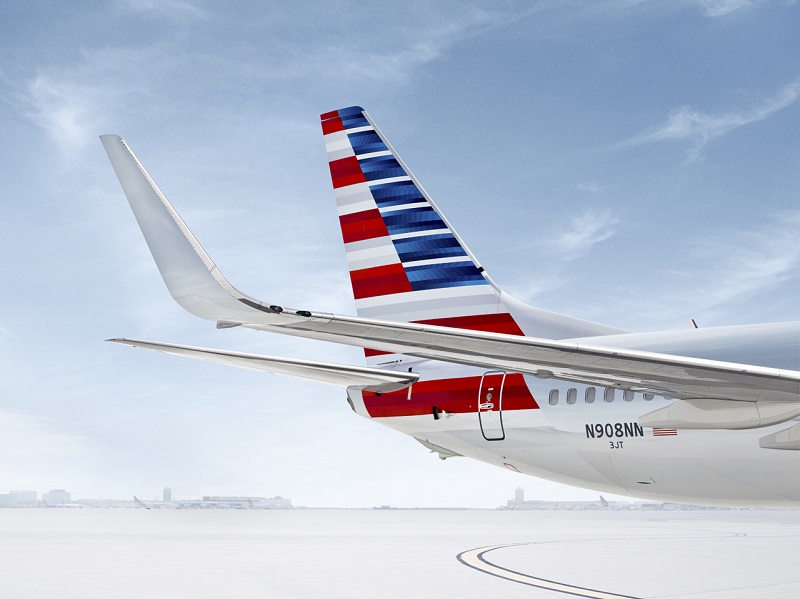Big US carriers advised to limit capacity growth.
11 January, 2018
3 min read


A profit-generating winning streak that has lasted 17 consecutive quarters shows no sign of ending for US carriers but will be closely tied to the ability of bigger airlines to contain domestic capacity growth, a new report suggests.
Even as operating costs edge up, a “new-found discipline” on adding capacity is joining with a persistent demand for air travel to keep US carriers in the black, according to an analysis by consultants Oliver Wyman.
The capacity discipline also helped carriers in 2017 reverse a long-running decline in passenger yields, a measure of average fares.
“After years in decline, year-over-year yield rose 2.3 percent in second quarter 2017, driven primarily by network carriers’ capacity restraint,’’ the report said “Passenger yield fell 13.4 percent from 2014 through 2016, hitting a year-over-year quarterly low in third quarter 2016 of 13.4 cents.
“The system-wide yield by second quarter 2017 was 13.9 cents.”
Higher yields were the second biggest contributor after new capacity to revenue gains for US airlines, particularly on the domestic operations of network carriers.
The company calculated that higher yield was responsible for $US760 million of the $US2.4 billion on new revenue booked by network and value airlines in the second quarter of 2017.
But it noted a “cultural gap” between the network players and the more aggressive value carriers based on the “the strikingly different” ways the two operate.
“While many value airlines still make their money and gain market share by adding routes and expanding available seat miles (ASM), their network rivals have learned that following them down that path leads to lower unit revenue,” it said.
The report said network carriers accounted for $US634 million of the $US760 million of additional industry revenue gained from higher yields while value carriers accounted for just $US126 million.
Boosting capacity allowed value carriers, on the other hand, to grow revenue by $US531 million, accounting for about 70 per cent of their total gain.
For network carriers, an additional $US609 billion due to extra capacity was about 53 percent of their $US1.15 billion in revenue growth. Other major contributors included load factors, fees and cargo.
The report said the key to staying profitable for network players had been resisting competitive pressures to add capacity.
It advised network carriers to collectively keep total capacity growth for domestic and international routes at or below the expansion rate for US gross domestic product (GDP) .
US GDP in the second quarter of 2017 grew 3.1 per cent while network domestic capacity grew at a lower 2.4 percent and international capacity at 3 percent.
“Delta, for instance, increased domestic ASMs only 0.7 percent and reduced international capacity,’’ it said. “The decision to limit capacity meant that passenger yield rose, particularly for domestic travel, where the most capacity restraint was demonstrated.
“The airlines’ ability to increase yield could help offset rising costs in the future.’’
Next Article
2 min read
Qantas triples profit but misses mark

Get the latest news and updates straight to your inbox
No spam, no hassle, no fuss, just airline news direct to you.
By joining our newsletter, you agree to our Privacy Policy
Find us on social media
Comments
No comments yet, be the first to write one.
